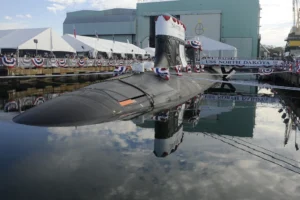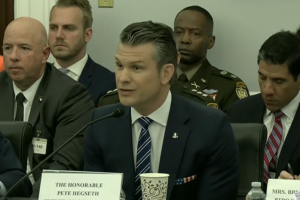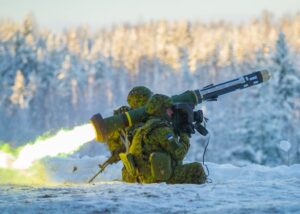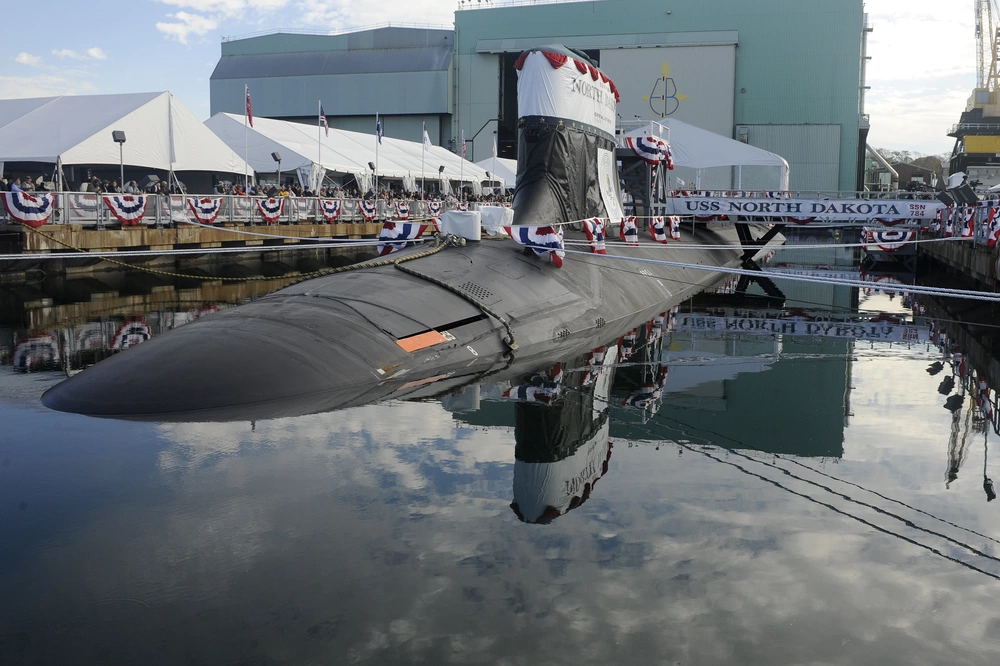Defense Daily
-
 Congress
CongressWill Section 301 of SPEED Act Decrease or Increase DoD Contract Prices?
House Armed Services Committee (HASC) staffers contend that removing the existing Cost Accounting Standards (CAS) mandate for a significant number of contracts at or above $7.5 million will benefit all […]
-
 Business/Financial
Business/FinancialLynn Makes Case To Strengthen Defense Industry’s Middle Tier
Defense acquisition would benefit from a stronger middle tier within the industrial base that could offer more competition and more agility than the large prime contractors, and still bring forth […]
Tagged in: -
Wednesday, June 11, 2025
- SecNav Says Navy Should Consider Competing SSNs
- HASC Leaders Offer Proposal With Sweeping Reforms To Speed Up DoD Acquisition Process
- Hanwha Says U.S. Committee Approves More Ownership Of Shipbuilder Austal
- DoD May Acquire Modification and Repair Rights for Aircraft, Ships, Vehicles, House Defense Appropriators Propose
- House Panel Approves $66.4 Billion DHS Bill For FY ’26 On Party Line Vote
- HAC-D Advances $831.5 Billion Defense Bill After Pressing Hegseth On Lack Of DoD Budget Details
- Kurilla: More Multi-Year Procurement, Co-Production Would Spur Production Capacity Increase for FMS
- New Venture Investments Announced In AI, Chips And Space
-
Wednesday, June 11, 2025
- SecNav Says Navy Should Consider Competing SSNs
- HASC Leaders Offer Proposal With Sweeping Reforms To Speed Up DoD Acquisition Process
- Hanwha Says U.S. Committee Approves More Ownership Of Shipbuilder Austal
- DoD May Acquire Modification and Repair Rights for Aircraft, Ships, Vehicles, House Defense Appropriators Propose
- House Panel Approves $66.4 Billion DHS Bill For FY ’26 On Party Line Vote
- HAC-D Advances $831.5 Billion Defense Bill After Pressing Hegseth On Lack Of DoD Budget Details
- Kurilla: More Multi-Year Procurement, Co-Production Would Spur Production Capacity Increase for FMS
- New Venture Investments Announced In AI, Chips And Space
-
 Congress
CongressHASC Leaders Offer Proposal With Sweeping Reforms To Speed Up DoD Acquisition Process
The leaders of the House Armed Services Committee have unveiled a bill with sweeping reforms to speed up the Pentagon’s acquisition process, to include overhauling the Joint Requirements Oversight Council […]
Tagged in: -
 Navy/USMC
Navy/USMCHanwha Says U.S. Committee Approves More Ownership Of Shipbuilder Austal
South Korean conglomerate Hanwha Group on Monday announced a U.S. regulatory body approved the potential for it to significantly increase its equity position in Australia’s Austal, which builds naval vessels […]
Tagged in: -
 Navy/USMC
Navy/USMCSecNav Says Navy Should Consider Competing SSNs
The Secretary of the Navy Tuesday said the government should consider having the two submarine shipbuilders compete on the next version of the Virginia-class attack submarine (SSN). “I think in […]
Tagged in: -
 Congress
CongressHAC-D Advances $831.5 Billion Defense Bill After Pressing Hegseth On Lack Of DoD Budget Details
House defense appropriators on Tuesday advanced their $831.5 billion fiscal year 2026 spending bill, just hours after pressing senior Pentagon leaders on the lack of details regarding the administration’s budget […]
-
 Advanced / Transformational Technology
Advanced / Transformational TechnologyNew Venture Investments Announced In AI, Chips And Space
Several new venture funding raised were announced on Tuesday, including an $8.4 million seed round by space computer and autonomous spacecraft startup Aethero for further technology development. Aethero, based in […]
Tagged in: -
 International
InternationalKurilla: More Multi-Year Procurement, Co-Production Would Spur Production Capacity Increase for FMS
U.S. Army Gen. Michael Kurilla, the head of U.S. Central Command, on Tuesday advised a scrapping of the U.S. foreign military sales (FMS) process and a do over. “I think […]

